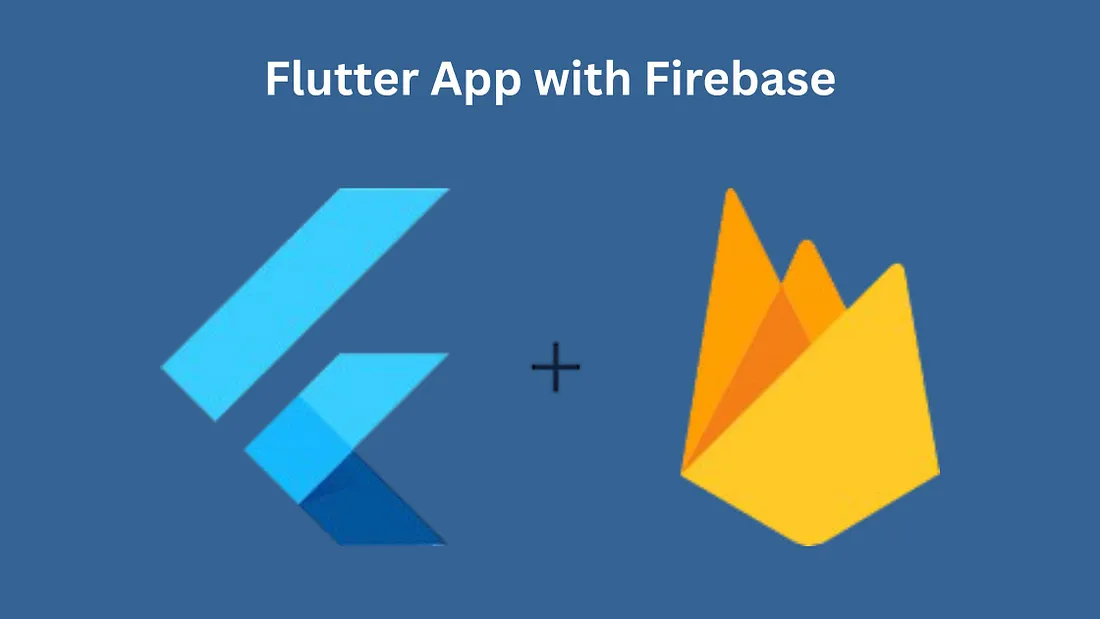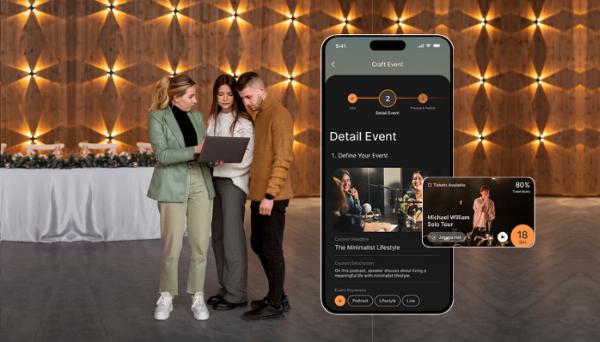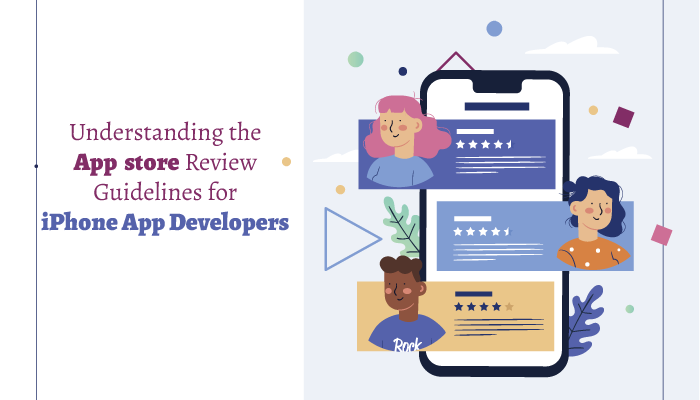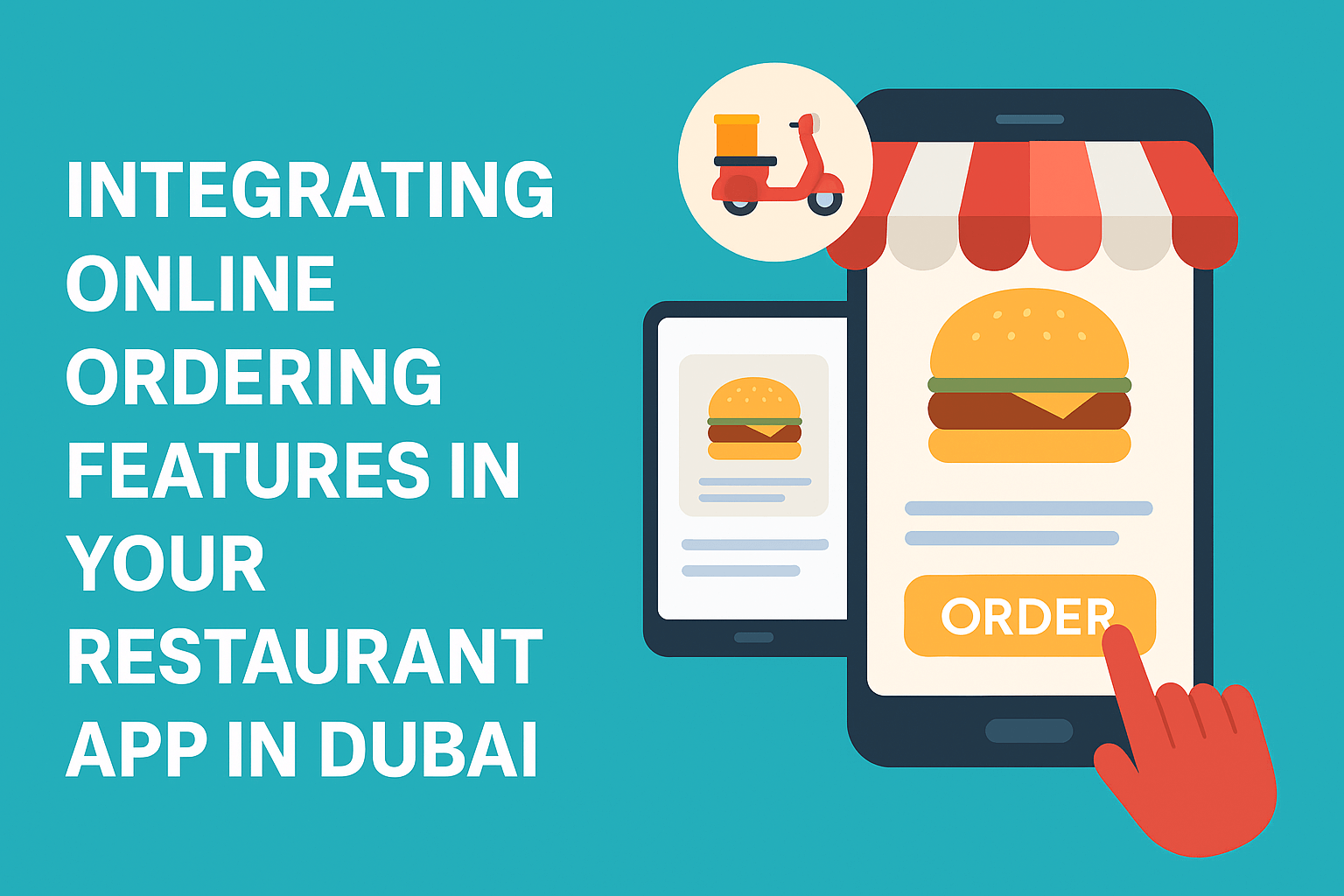App Like Grofers: How to Develop a Competitive Grocery Delivery Solution
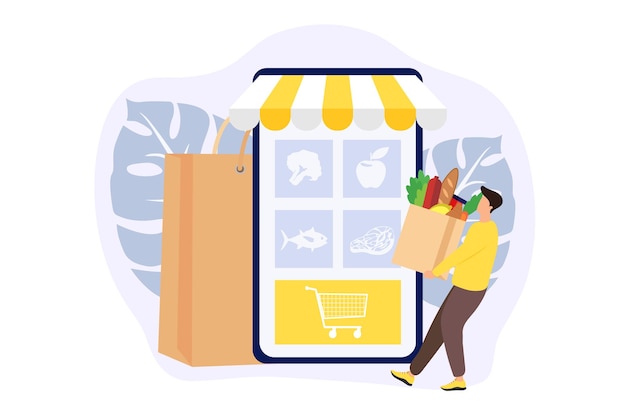
Strong 8k brings an ultra-HD IPTV experience to your living room and your pocket.
In the fast-paced world of grocery delivery, developing an app like Grofers can position you as a significant player in the market. Grocery delivery apps are essential today, offering unparalleled convenience to users.
This article provides a detailed guide on developing a competitive grocery delivery solution, focusing on market understanding, key features, technical insights, and effective marketing strategies.
Understanding the Market and Audience
Market Analysis
To build a successful grocery delivery app, understanding the current market landscape is crucial. The grocery delivery market has seen exponential growth, driven by the demand for convenience and the pandemic's lasting impact. Analyzing key players such as Grofers, Instacart, and BigBasket helps identify their strengths and weaknesses.
Market trends, such as the rise of hyperlocal delivery and organic product preferences, can help position your app effectively. With growth projections indicating ample opportunities, now is an opportune time to invest in this sector.
Target Audience
Identifying your target audience is essential for developing features that meet their needs. Urban dwellers with busy lifestyles are the primary users of grocery delivery apps. They value convenience, a wide range of product choices, and fast delivery times. Conducting demographic and psychographic analyses can provide insights into their preferences and buying behavior.
For instance, millennials and Gen Z are more likely to use digital payment methods and appreciate personalized shopping experiences. Understanding these nuances helps tailor the app's features and marketing strategies to attract and retain users.
Key Features of an App Like Grofers
User-Friendly Interface
A user-friendly interface is critical for the success of a grocery delivery app. The design should be intuitive, with easy navigation and a clean layout. Key elements include a straightforward registration process, simple product browsing, and a seamless checkout experience.
Consistent branding and color schemes enhance user experience. Providing options for users to save their favorite items or create shopping lists adds convenience, encouraging repeated app use.
Comprehensive Product Listings
Offering a wide range of products is essential to meet diverse customer needs. Detailed product descriptions, high-quality images, and customer reviews help users make informed decisions. Advanced search and filtering options allow users to quickly find what they need.
Regularly updating the product catalog and ensuring the availability of popular items prevent customer dissatisfaction. Collaborating with local stores and vendors can expand the product range and improve delivery times.
Secure and Efficient Payment System
A secure and efficient payment system builds trust and enhances user experience. Multiple payment options, including credit/debit cards, digital wallets, and cash on delivery, cater to different user preferences.
Secure payment gateways and data encryption protect user information. Ensuring a quick and smooth checkout process reduces cart abandonment rates. Features like saved payment methods for repeat users further streamline the payment experience.
Order Tracking and Management
Real-time order tracking keeps users informed about their deliveries. Providing updates at each stage of the delivery process, from order confirmation to delivery, enhances transparency.
Managing order history allows users to reorder previous purchases easily. Efficient handling of cancellations and refunds maintains customer satisfaction. A robust order management system helps coordinate with delivery partners, ensuring timely deliveries.
Technical Aspects of Development
Choosing the Right Technology Stack
Selecting the right technology stack is foundational to the app's performance and scalability. React Native or Flutter can be used for developing cross-platform apps, ensuring a consistent user experience across iOS and Android.
The backend can be built using Node.js or Django for their robustness and scalability. Integrating third-party services and APIs, such as payment gateways and location services, enhances functionality. A reliable database like MongoDB or PostgreSQL ensures efficient data management.
Ensuring Data Security
Data security is paramount for any app handling personal and payment information. Implementing data encryption, secure login methods, and regular security audits protect the app from potential threats.
Compliance with data protection regulations, such as GDPR, ensures that user data is handled responsibly. Regular updates and patches keep the Grofers clone app secure against new vulnerabilities. Educating users about security practices, like using strong passwords, enhances security.
Performance Optimization
Optimizing the app's performance is crucial for a smooth user experience. Load balancing, caching, and efficient coding practices can improve the app's speed and responsiveness. Regular performance testing helps identify and resolve bottlenecks.
Monitoring tools track the app's performance in real-time, allowing quick resolution of issues. Ensuring the app performs well under different network conditions is essential for user satisfaction.
Marketing and User Acquisition Strategies
Pre-Launch Marketing
Building anticipation before the app's launch can significantly boost initial downloads. Utilizing social media platforms for teasers, countdowns, and engaging content creates buzz. Collaborating with influencers and bloggers in the food and lifestyle sectors expands your reach.
Offering early bird discounts or free trials encourages users to try the app at launch. A landing page capturing email addresses for updates helps build a pre-launch user base.
Post-Launch Marketing
Effective post-launch marketing strategies ensure sustained user acquisition. Utilizing SEO, PPC, and content marketing drives organic and paid traffic to your app. Targeted ad campaigns on social media and search engines reach potential users.
Engaging with users through email marketing, newsletters, and push notifications keeps them informed about new features and offers. User reviews and testimonials build credibility and attract new users.
User Retention Strategies
Retaining users is as important as acquiring them. Regularly collecting user feedback and addressing their concerns shows that you value their input. Providing regular updates with new features and improvements keeps the app relevant.
Loyalty programs, discounts, and referral incentives encourage users to stay engaged. Excellent customer support through multiple channels, such as chat, email, and phone, enhances user satisfaction.
Monetization Strategies
Subscription Models
Subscription-based models offer users unlimited deliveries for a monthly or annual fee. This model provides a steady revenue stream and encourages regular use of the app. Different subscription tiers with varying benefits cater to different user needs. Highlighting the cost savings of a subscription compared to pay-per-delivery attracts more users.
Commission on Sales
Earning commissions from partnered stores is a common revenue model. Setting competitive commission rates that balance profitability with store partnerships is essential. Providing additional services to partner stores, such as marketing support or data analytics, strengthens partnerships.
Regularly reviewing and adjusting commission rates based on market conditions ensures competitiveness.
Advertising and Partnerships
Partnering with brands for in-app advertising generates additional revenue. Offering targeted ad placements and promotions helps brands reach their audience effectively. Collaborating with local and national brands for exclusive deals and promotions attracts more users.
Ensuring that ads are relevant and non-intrusive maintains a positive user experience. Leveraging data analytics to provide insights to advertising partners makes your platform more attractive for partnerships.
Conclusion
Developing an app like Grofers requires a comprehensive approach that includes market analysis, understanding the target audience, integrating key features, addressing technical aspects, and implementing effective marketing strategies.
By focusing on user needs and preferences, ensuring data security, optimizing performance, and exploring various monetization strategies, you can create a competitive grocery delivery solution. Continuous improvement, user feedback, and staying updated with market trends will further enhance the app’s success.
With the right planning and execution, your Grofers Clone App can become a significant player in the grocery delivery market.
Note: IndiBlogHub features both user-submitted and editorial content. We do not verify third-party contributions. Read our Disclaimer and Privacy Policyfor details.



